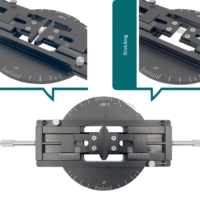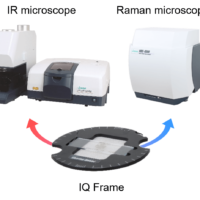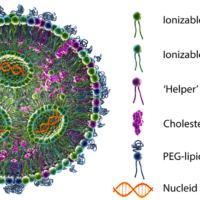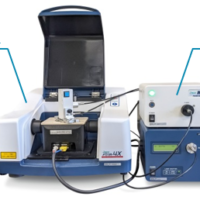Introduction
It is reported that the full width at half maximum (FWHM) and crystallization (density) of the carbonyl group. [C=O] (1730cm-1) of polyethylene terephthalate (PET) have the good correlation1).
In comparison to other analytical methods, the measurement procedure in Raman spectrometry is simple, easy and, it is effective for the measurement of micro part. In this application, the distribution of crystallization on cross-section of plastic (PET) bottle was measured.
Experimental
The A and B part shown in the photo of plastic bottle were cut and then, the cross-section of each part was prepared by a slicer (Model HW-1 Variable angle slicer, JASCO Engineering Co., Ltd.), since the mapping measurement in micro area requires the smooth sample surface.
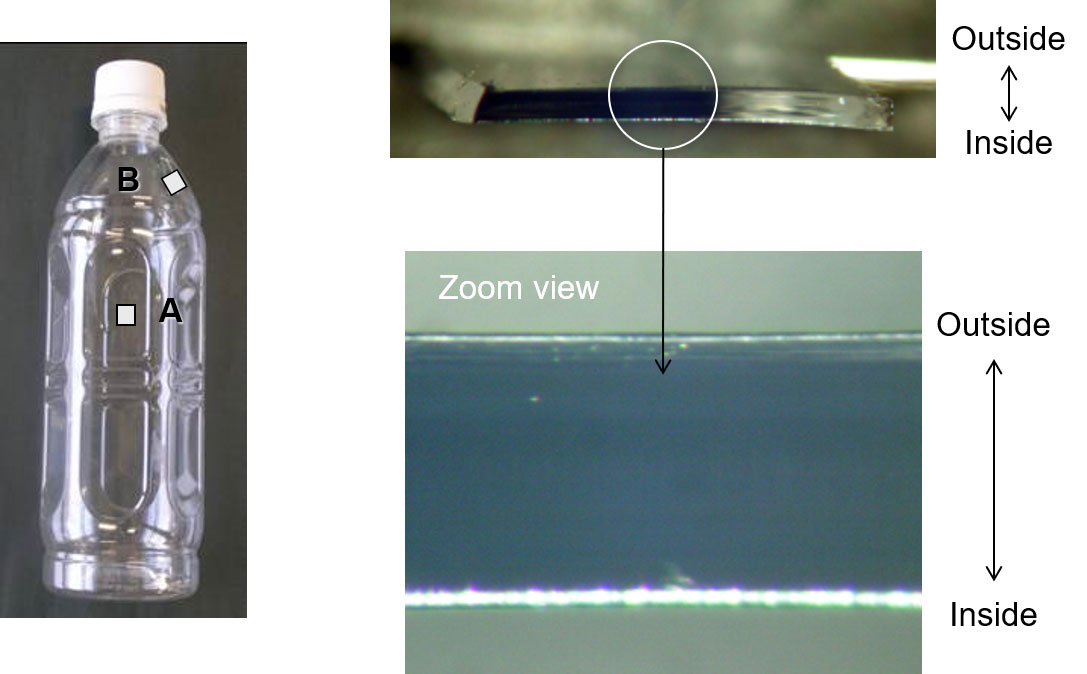
Figure 1. Measurement location (left) and cross-section view (right)
The multi-point measurement was carried out in 50 µm step from outside to inside of cross-section.
Measurement conditions
Excitation wavelength: 532 nm
Objective: x100
Beam diameter: 1 µm
Results
The FWHM of carbonyl group in each sampling part is shown in Figure 2.

Figure 2. Raman spectra of PET (left) and crystallization evaluation by FWHM (1730 cm-1, right)
Since the FWHM and crystallization shows the negative correlation, the crystallization becomes higher when the FWHM becomes narrower. The results indicate that the distribution of crystallization in A and B part is different. In the evaluation of physical properties of plastic (PET) bottle, the crystallization is an important factor. Therefore, the micro Raman spectrometry is an effective analysis method especially for the measurement of micro part.
References
1)Ian R.Lewis,Howell G.M.Edwards; Handbook of Raman Spectroscopy (Marcel Dekker,INC., 2001).

